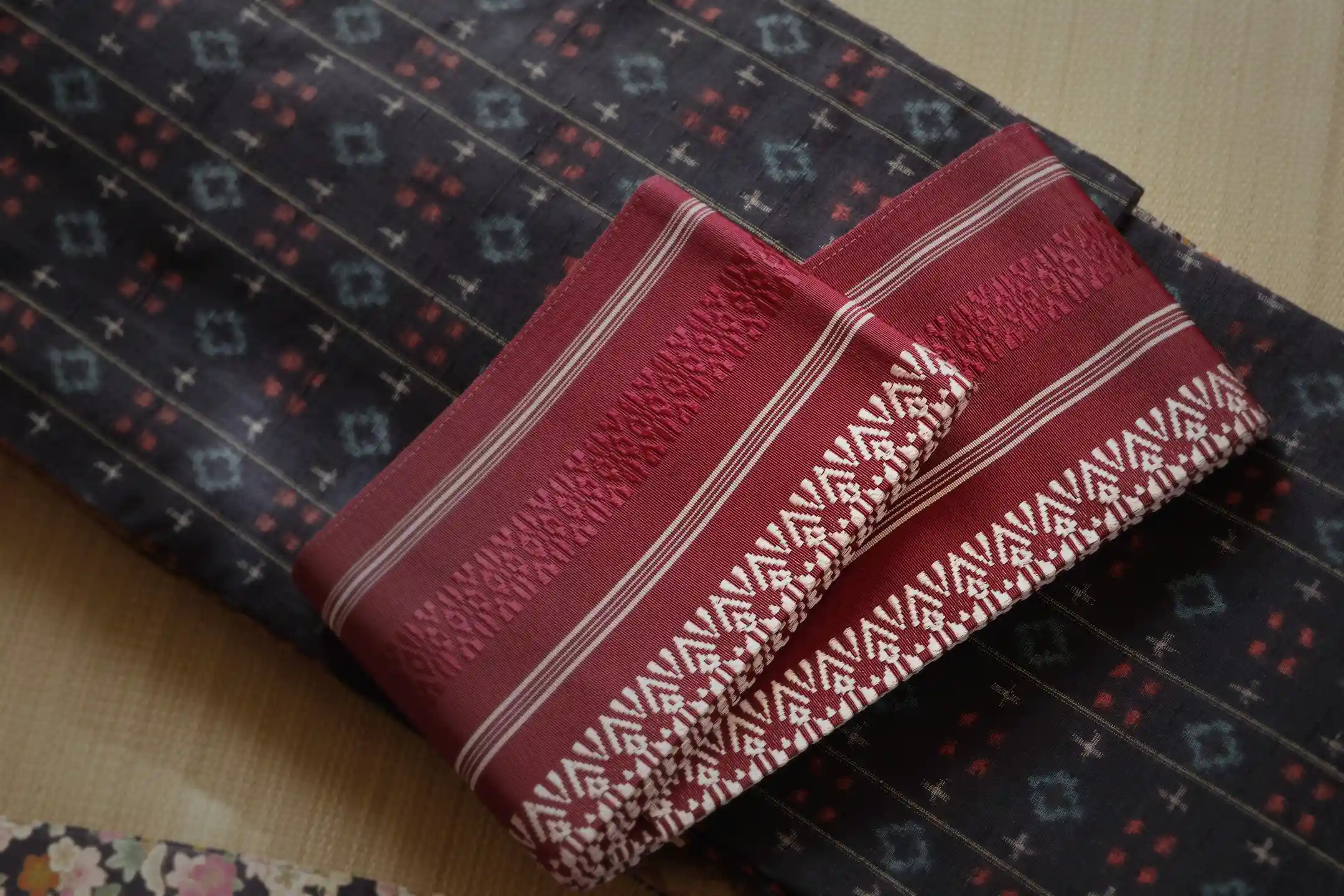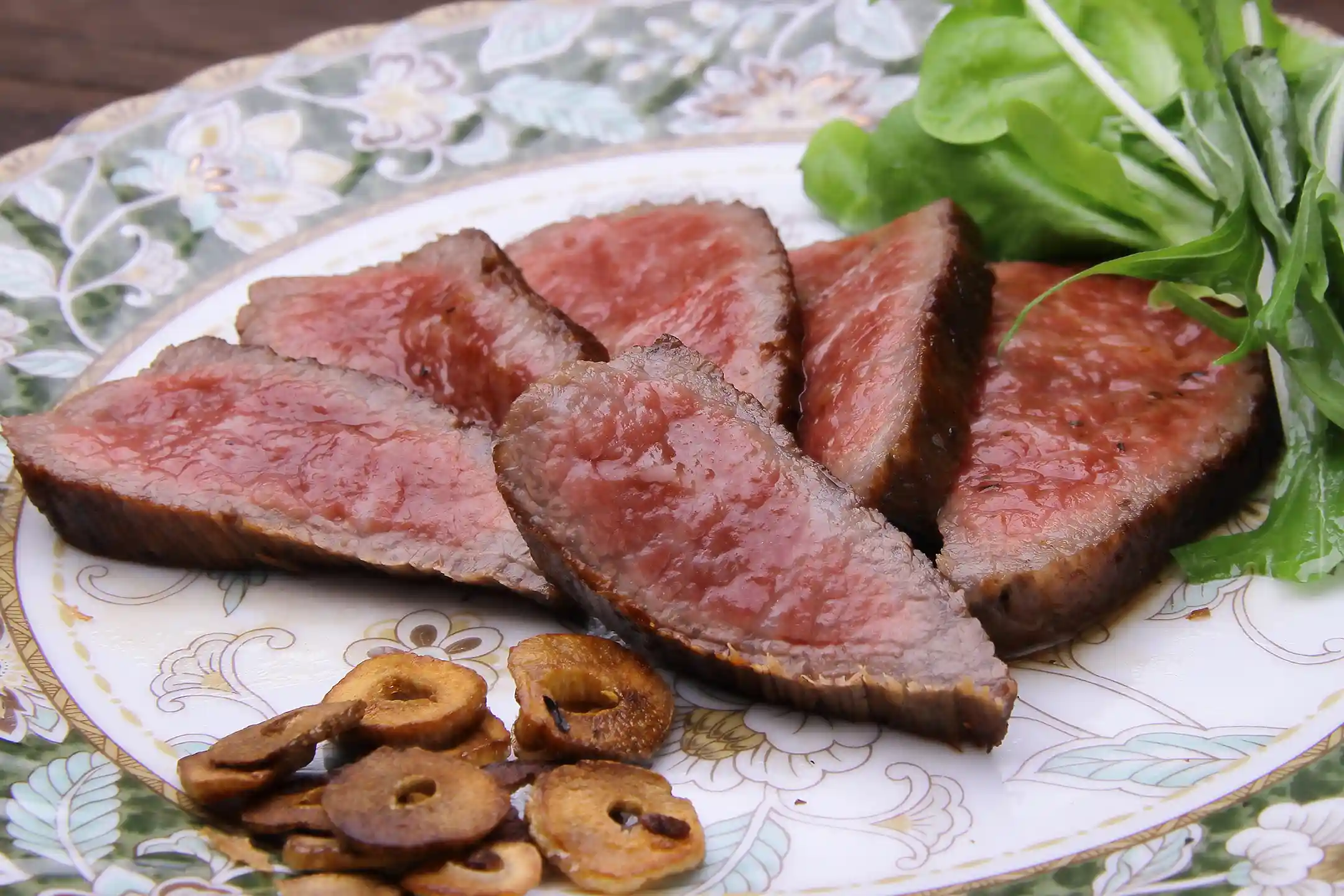Blending the bustling energy of a port town with the refined sensibilities of samurai and commoner cultures, Hakata has cultivated a rich and varied food culture over the centuries. Many “Hakata specialties” you may have heard of—such as motsu nabe (offal hotpot), mizutaki (chicken hotpot), and mentaiko (spicy cod roe)—are deeply influenced by historical exchanges with foreign countries and the local climate.
In this article, I invite you to explore the background and unique origins of these dishes, and to see why “Hakata cuisine” feels so compelling. You might be surprised by how a single meal here can reveal centuries of tradition. Along the way, you’ll discover local customs, hidden dining spots, and the pleasure of connecting these culinary experiences with cultural elements like architecture and sustainability. I hope this guide will help you plan a rewarding journey.
The History That Shaped Hakata Cuisine and the Allure of Its Food Culture
Hakata’s International Roots as a Port Town
Since ancient times, Hakata has thrived as Japan’s gateway to the Asian continent. During the Nara period, it hosted the “Kōrokan” (*1) to welcome envoys from China and the Korean Peninsula. In the Middle Ages, trade with the Song dynasty introduced new culinary techniques. While the Mediterranean region in the West circulated grains and spices, Hakata adopted noodle-making methods that evolved into udon and soba—everyday favorites among locals (*2). This cultural openness gave Hakata a taste identity all its own (*3).
If you’re from Europe or the Americas, you might be surprised at how each Japanese region can have its own distinct flavor heritage. Among these, Hakata really stands out for the way it naturally blends foreign influences.
A Unique Food Style Born from the Intersection of Samurai and Merchant Cultures
During the Edo period, the area around Hakata was split between the Fukuoka Domain’s castle town (samurai district) and a bustling merchant quarter. These two groups gradually merged, creating a culinary style that fuses samurai formality with the merchant community’s spirit. A prime example is the Hakata Gion Yamakasa festival, when many avoid cucumbers because their cross-section resembles a sacred crest (*4). The custom may sound unusual if you’re used to more individualistic freedoms in Western cultures, but it reflects a deeper tapestry of religious and local traditions, adding character to Hakata’s festivals.

The Spirit of Omotenashi Rooted in the Local Community
Hakata cuisine also embodies a strong sense of omotenashi (hospitality). By night, you’ll see countless yatai street stalls (*5), where you can mingle with both locals and fellow travelers. For many Hakata residents, these yatai feel more like cultural symbols than mere food stands (*6). You can liken them to Western sidewalk cafés or pubs, but the experiences—enjoying oden or hotpot out in the open—highlight a warm, friendly spirit that often sparks cross-cultural conversations.
Types and Characteristics of Hakata Cuisine: The Depth of Dashi Culture and Tonkotsu Broth
The History of Motsu Nabe and Its Modern Adaptations
Motsu nabe emerged in the challenging postwar years as a way to stretch limited resources, featuring beef or pork offal alongside garlic chives (*1). Originally known as hormone nabe, it evolved into variations using miso broth. Packed with collagen from offal and sweetness from vegetables, it often ends with a “shime” of noodles or rice for an ultra-satisfying finish. Although organ meats can be unappealing in some Western cuisines, they are regularly enjoyed in places like France or Spain, making motsu nabe an interesting link between cultures that value nose-to-tail dining.

Drawing Out the Flavor of Chicken in Mizutaki
Mizutaki is another staple hotpot that accentuates Hakata’s passion for dashi. Chicken bones simmer until the broth turns a milky white, creating a soft yet robust flavor base. Developed in the late Meiji era by a chef who learned Western cooking in Hong Kong (*2), mizutaki is brimming with collagen yet remains notably subtle. The umami is often compared to French consommé or bouillon—an example of how each food culture develops its own signature approach to extracting flavor.
How Mentaiko Became a “Hakata Specialty”
Spicy cod roe (mentaiko) originated on the Korean Peninsula but took on a life of its own in Hakata, thanks largely to a local producer’s efforts after World War II (*3). For many locals, mentaiko is a fundamental part of daily meals, whether stirred into pasta or spread on bread. Although the idea of marinated fish eggs may be surprising to some, it’s widely beloved throughout Japan and frequently associated with Fukuoka Prefecture. Its small size can be deceiving, as it packs a unique spicy-salty punch.
Hakata Ramen: The Roots of Thin Noodles and Tonkotsu Broth
Hakata ramen, now famous worldwide, got its start around the 1940s in yatai stalls. Though early tonkotsu broth was somewhat clear, influences from Kurume made it richer and creamier (*4). Thin noodles and the “kaedama” (extra noodle) system developed to serve hurried workers effectively, representing a smart mix of speed and flavor. Adding condiments like pickled ginger, ground sesame, or chili sauce makes each bowl customizable—revealing a cultural parallel to Western personalization.

Recommended Restaurants and Ryotei for Tasting Hakata Cuisine
From Long-Established to Casual Spots, Hakata Cuisine for Every Occasio
Whether you’re seeking a special-occasion ryotei along the Nakagawa River or a no-frills hotpot joint welcoming solo diners, Hakata caters to many tastes. “Ryotei Sagano” (*1) and “Shinmiura Hakata Honten,” established in 1910 (*2), exemplify classic Japanese style with tatami rooms and meticulous plating. Motsu nabe shops like “Yamanaka” or “Ooyama” (*3) sometimes attract lines, but you can also find these dishes at izakaya bars or yatai stalls if you want a more laid-back setting.
Many parts of Europe and the U.S. observe a distinct split between “fine dining” and “casual,” but Hakata often combines both. I encourage you to sample a wide price range to discover the true breadth of local flavor.
Tips for Reservations and Recommended Situations
For a popular hotpot place or an upscale ryotei, booking a table in advance—especially around festival seasons like Hakata Gion Yamakasa—is a good idea. If you’re unsure about language issues, your hotel concierge or an English-friendly reservation site can help. Yatai stalls don’t normally take reservations, but their spontaneous atmosphere makes them perfect for casual dropping in.
Need vegetarian or halal options? Check Fukuoka City’s official listings or inquire at the restaurant (*4). While Japan is still evolving in meeting a diversity of dietary needs, a bit of preparation can ensure a smooth experience.
Businesses Embracing Sustainability and Local Production
Restaurants championing “local production for local consumption” are on the rise. At “VEGETABLE LIFE CAFE by THE KEGO CLUB,” which opened in 2025, chefs transform “imperfect” vegetables and other local ingredients into creative dishes while minimizing plastics (*5). Another highlight is “Goryori Kayanoya,” advocating a “slow food” approach that respects tradition and the environment (*6)(*7)(*8). If you value eco-conscious choices, keep an eye out for restaurants offering EV charging stations (*9).
Enjoying Culinary Adventures Alongside Hakata’s Traditions and Art

A Plan to Learn About Traditional Crafts Such as Hakataori and Doll-Making
Hakata is known for crafts like Hakataori textiles and Hakata ningyō dolls (*1). At the “Hakata Machiya” Furusato-kan (*2), you’re welcome to try painting a doll or weaving a small piece of cloth yourself—a memorable way to engage with local artisanship. Japanese crafts often hinge on systematically passing down specialized techniques, which can feel very different from the freewheeling creativity you might see in Western art studios.
A Combined Tour of Historic Buildings, Galleries, and Hakata Cuisine

You’ll find centuries-old shrines and temples—Kushida Shrine, Shōfuku-ji, Tōchō-ji—alongside museums and galleries. Unlike the soaring cathedrals of Europe, these places exude calm. Why not drop by a temple garden, then treat yourself to udon or a bowl of mentaiko-topped rice? Jōten-ji Temple is said to be the birthplace of Hakata udon, notable for its softer texture (*3). Meanwhile, the rest of the city bustles with modern cafés (*4). Hakata’s old-meets-new environment offers plenty to compare with Western cityscapes.
Spotlight on Modern Architecture and Design
In a city where old wooden buildings coexist with new high-rises, you’ll find a wide range of experiences, such as “Hakata Hyakunengura,” a sake brewery–turned-event-hall (*5). The Ritz-Carlton Fukuoka, opened in 2023, also weaves in local crafts like Hakataori, bringing you a fresh take on Japanese interiors. Wandering around, you’ll see ultra-modern complexes like Canal City Hakata near red-brick museums—an absolute treat for architecture buffs (*6).
Exploring an “Eco-Friendly Trip” in Hakata with Advanced Technology and Environmental Awareness
Regional Efforts in Environmental Conservation, Fisheries, and Agriculture
Fukuoka’s Genkai Sea shapes much of Hakata’s identity, so local residents and organizations are working to maintain healthy marine ecosystems through beach cleanups, juvenile fish releases, and more (*1). Meanwhile, fishers strive to sell lesser-known local fish to reduce waste. On land, the “Fukuoka Eco Agricultural Products” label rewards farmers who use organic or reduced-pesticide methods (*2). Fukuoka City also joined the Global Sustainable Tourism Council (GSTC), reflecting a global outlook (*3). Even notable urban buildings, like ACROS Fukuoka, feature rooftop greenery that merges architecture with nature.
Eco Events and Workshop Information
For hands-on learning, you might join volunteer beach cleanups on Shika Island—a playful approach that ties barbecue freebies to the volume of garbage collected (*4). On the city’s outskirts at Kamba no Sato Park, you can pick seasonal vegetables alongside local farmers or take part in composting workshops (*5). Head west to the Itoshima Peninsula for E-Bike tours or stand-up paddleboarding offered by the Eco-Tourism Association (*6).
These programs share the same “learn while having fun” spirit that’s fueling eco-tourism in Europe and America, making them accessible and engaging for visitors from all backgrounds.
Conclusion: The Profound Value of Traveling to Experience Hakata Cuisine

Formed by its history as an international port and the blending of samurai and merchant cultures, Hakata offers food experiences unlike anywhere else. Dishes like motsu nabe, mizutaki, mentaiko, and tonkotsu ramen may look deceptively simple but are steeped in global influences and local ingenuity. In recent years, an added emphasis on sustainability connects these traditions with forward-looking goals such as minimal waste. Whether you’re sharing a friendly nod with fellow diners at a lively yatai or relaxing over a meticulous course meal in a classic ryotei, Hakata’s spirit is sure to feel both comforting and stimulating for travelers from Europe or the Americas.
I hope this guide motivates you to explore Hakata’s culinary delights and its broader cultural facets—from crafts and architecture to environmental initiatives. You’ll discover a warmhearted community that embraces the future without losing sight of its storied past—an unforgettable city where tradition and innovation intertwine in remarkable harmony.
Author Bio

Maoko Shibuya
Content Planner & Writer Holding a master’s in Digital Marketing and experience across global markets, Maoko blends international perspective with a deep appreciation for Japan’s cultural heritage. She plans and writes compelling narratives that reveal the country’s beauty and depth, drawing on her passion for travel, local cuisine, and cultural exploration.




.webp)
.webp)